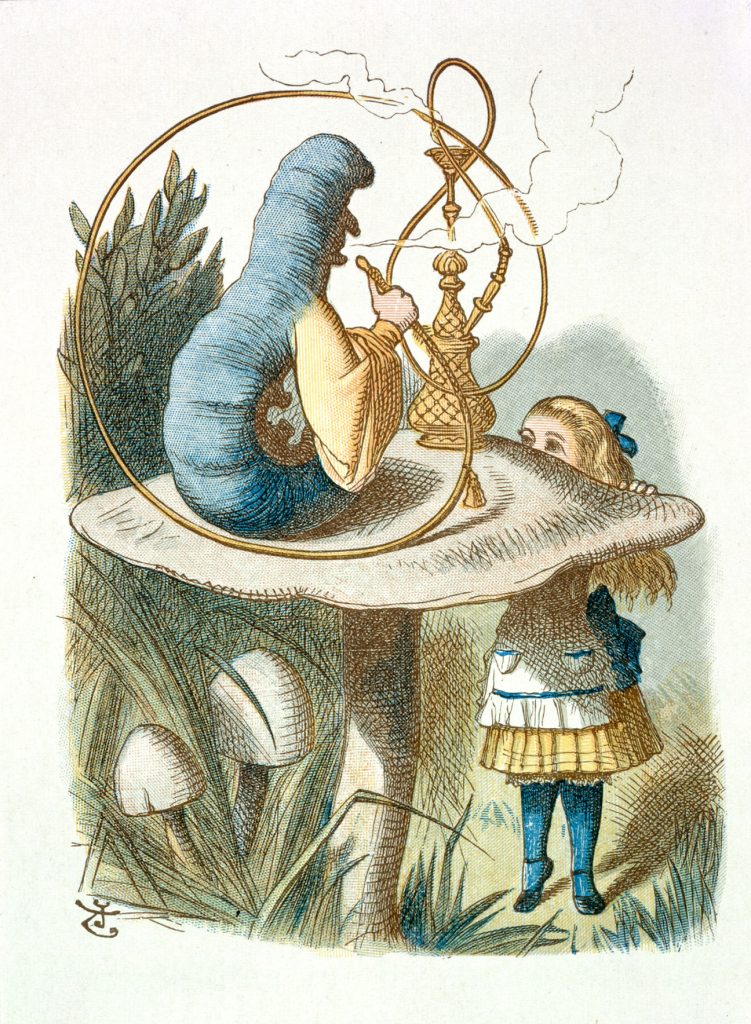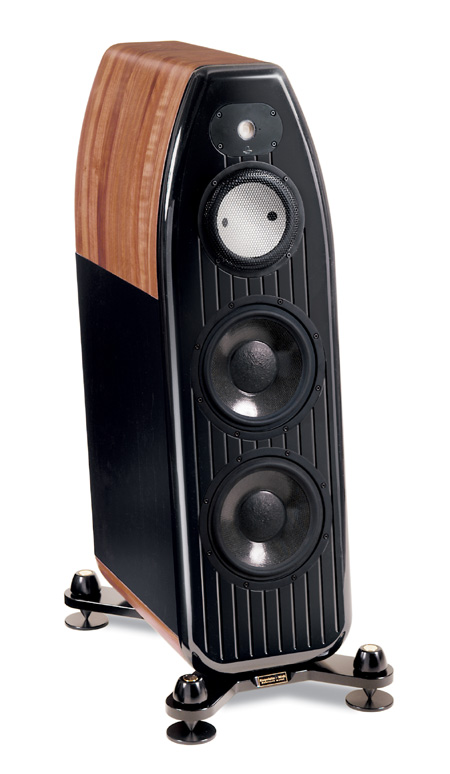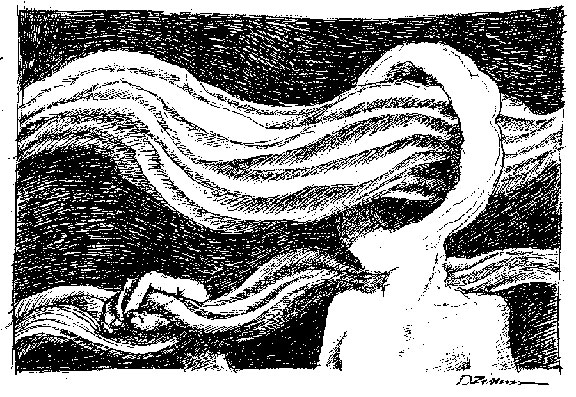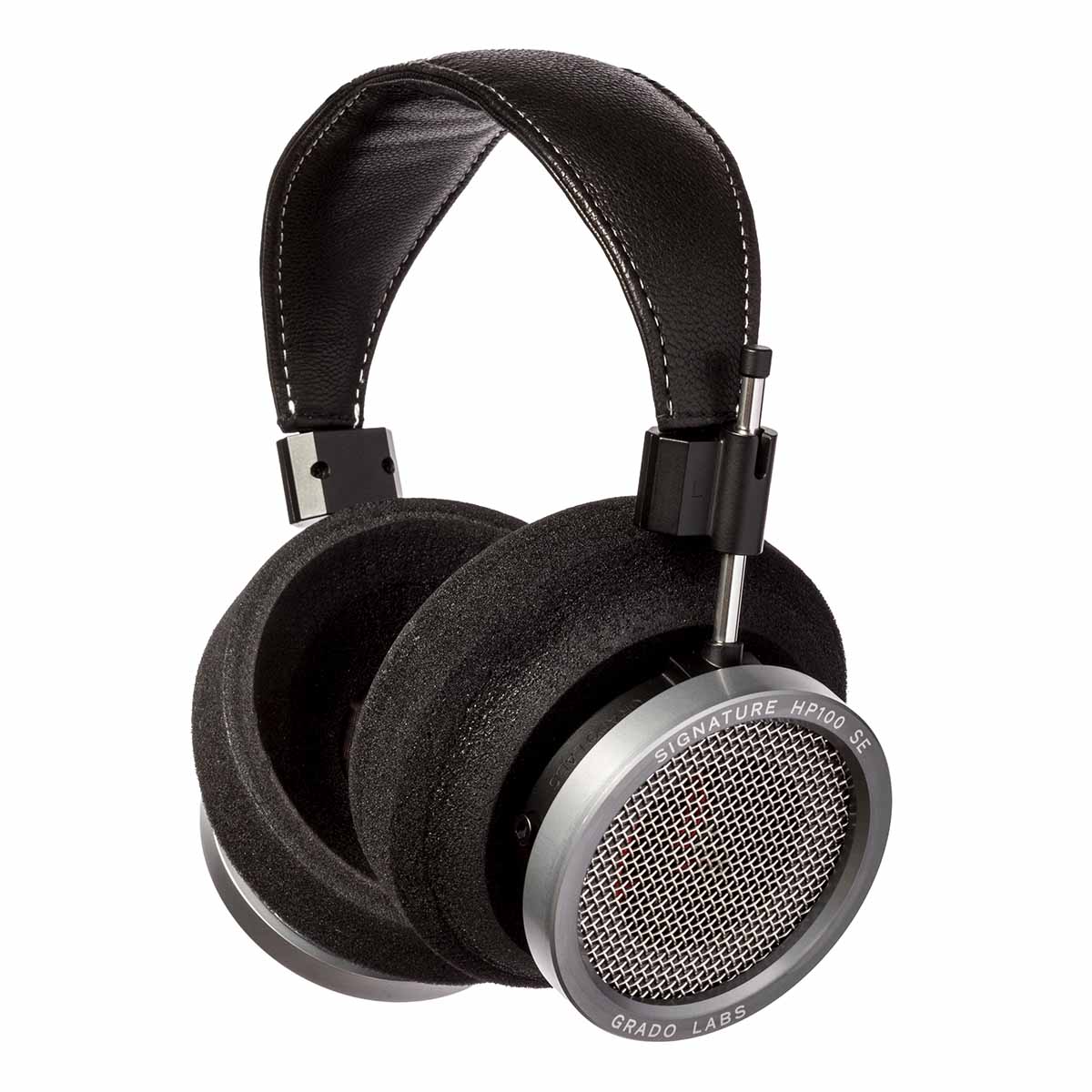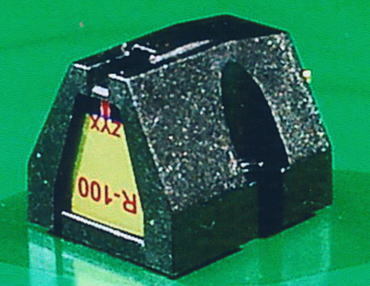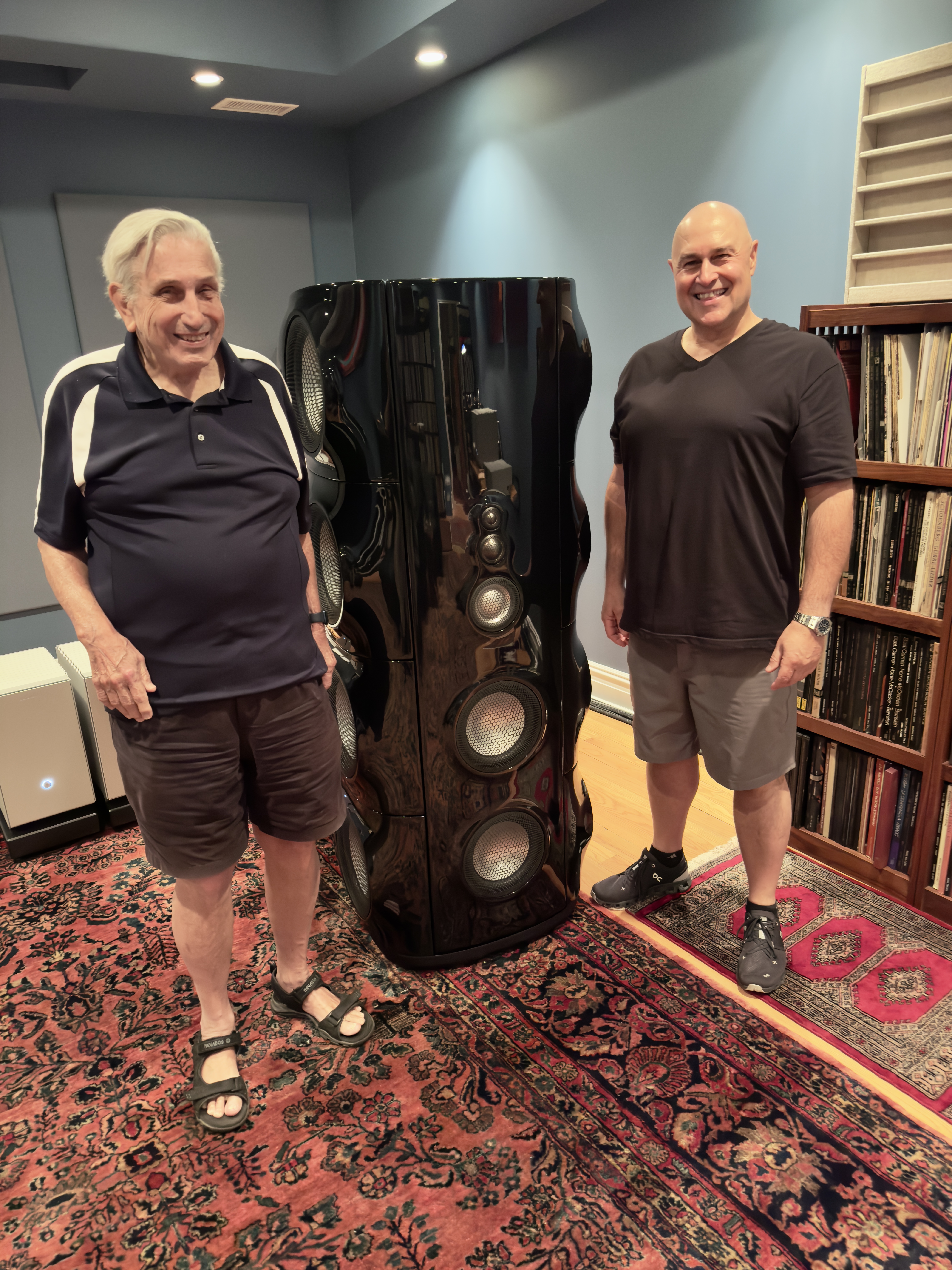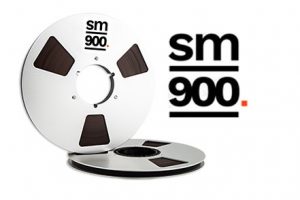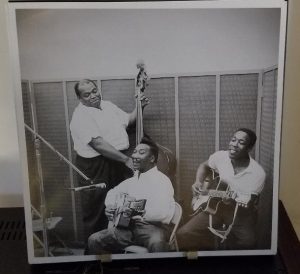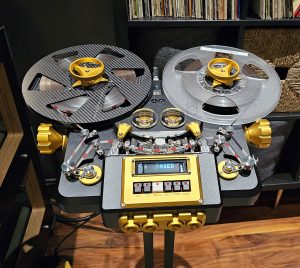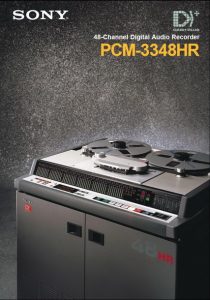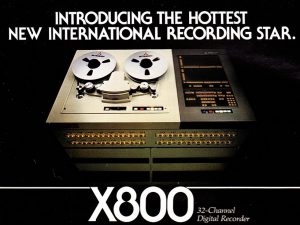By Harold Tichenor
Harold Tichenor: a portrait. (Photograph by Matt Tichenor.)
I encountered Harold Tichenor recently, while looking for a particular box set of the complete Solti Wagner Ring on Decca [recorded in 1958-1959] and issued in 1970, over at discogs.com. Since that time, we have gotten to know each other a bit, and I was impressed by his knowledge of the production, care, handling, and archiving of reel-to-reel (RTR) tapes.
There is a great deal of confusion about the categories and terminology of RTR tapes among audiophiles, with some pretty loose categorization of tapes and their sources. This can lead to about tape generations, and what they indicate about tape provenance…not a good thing, as audio engineers/producers know. In this day in which a handful of companies are selling RTR tapes, clarification from experienced people in the field is quite helpful.
Harold sent me some notes, which he and I have edited into form for the readers here at Positive Feedback. This is being published as a guest contribution from Harold; we hope that it will be of use to audiophiles everywhere.
His comments follow.
Dr. David W. Robinson, Editor-in-Chief
I thought it time to review and update some of the basics about open-reel archiving. Some of the following few paragraphs are excerpted from a concise tape collectors handbook I am writing for eventual publication at the request of several fellow archivists. I have worked in media archives and media production since 1963 and would like to share some of the pertinent information I have gathered that applies to audio tape technology and archival practices. Here is some detailed technical information that users of reel-to-reel (RTR) tape may find useful.
The Source Tapes
The descriptive term "Master Tape" has been used quite loosely in recent years, especially in internet sales listings. There are in fact nuances to the process of mastering and duplicating that demand a more precise nomenclature.
Audio tapes are generally categorized on the basis of their initial intended purpose. These purposes fall into the three general phases of a creative project: Production, Distribution, and Presentation.
Production
Magnetic tape was the professional audio recording medium of choice from about 1946 to 1982, being used to "fix" sounds (voice, music, and effects) recorded on location or in studios. In commercial operations, to create "records" suitable for sale or broadcast to a wide audience or clientele, the original raw recordings were organized, assembled, and edited to create coherent final programs. For instance, a symphonic work might be recorded in multiple parts, and then edited and assembled to create the effect of a single continuous performance. The final result of this work would be preserved on a production master tape.
Distribution
New open-reel magnetic tape copies of those completed recordings were made to serve the sole purpose of duplication of the program in the manufacture of commercial or retail copies. These newly made duplication sources are what are commonly called "masters." The defining characteristic of a master tape is that its primary function is its use in the making of copies. For most programs there was no sole master; usually there were several generations of master tapes made to serve the duplicating purposes of the many territories worldwide, as well as some specialized masters being tailored for the manufacturing needs of specific distribution media.
Presentation
The open-reel tape medium again can serve as one of the playback formats made available to the buying public for home or broadcast use, alongside the more common presentation media or phonograms: vinyl records, 8-track cartridges, compact cassettes, and compact discs.
Today many archival source tapes survive from these various stages in the replication of their original program content. The terminology used to identify these tapes, while not formally standardized, is based on audio industry practice and can be summarized as follows:
ORIGINAL or Session Tapes, Parts or Multi-tracks: are the initial recordings, the actual physical tracks "laid down" in the studio, on location or at a live event venue. These very rarely leave their label's studio archive.
EDITED WORK PARTS or Original Master, Mixdown or Remix: (First Generation) are either the original studio session tapes or direct working copies of them that have been electronically or physically edited to form the final source material for all subsequent releases. These also very rarely leave the original studio archive.
PRODUCTION MASTER or Program Master: (Second Generation) is copied directly from the original recording or edited work parts and is to be used to produce all the subsequent copy masters that are to be sent out around the world. It usually carries the studio assigned unique matrix number for identifying the specific program. In time, there may be a need to produce additional production masters as the first ones become damaged or frail. These rarely enter into general circulation except when a studio is closed and its assets are dispersed.
DISTRIBUTION MASTER or Copy Master: (Third Generation) is made from an original production master and shipped to vinyl record, cassette and cd manufacturing plants licensing the content for distribution in their territory. As each country around the world is a unique territory, there may be quite a few of these made...especially in the case of highly popular productions. Vast numbers of these were disposed of by the studios and pressing plants when their libraries were digitized. These are the most common masters that one might find in circulation.
COPY MASTER: (Fourth Generation) is custom made in the licensed territory's plant for the specific purpose of generating copies for wholesale and retail. For cassettes, a "loop tape master" would be made for running the high-speed cassette duplication machines. Similarly, a copy master might be prepared incorporating special equalization for feeding the lathe that cuts the initial lacquer used to produce the subsequent elements needed to press vinyl records. A copy master might also be made to create actual open-reel copies for ultimate commercial sale usually at a reduced speed from its source tape. By the 1970s these retail tape copies were being produced on gang duplicators running at 60 or more inches per second. Because of the severe wear these copy masters were subjected to they often had a fairly short life and are very rarely found in circulation.
PROTECTION COPY or Archival Copy: (usually Second to Fourth Generation) is made directly from the edited work parts, a production master or distribution master and serves as a backup in case of failure or damage to its source tape.
COURTESY or ENGINEER'S COPIES, presentation or audition tapes: (usually Second to Fourth Generation) are made from low generation program source tapes for personal or inter-corporate use and were often shared among professionals in the music and audio technology fields. Many of these fine tapes have entered circulation from the liquidated estates of recording engineers, music producers and executives.
BROADCAST MASTER or Program or Concert tape: (usually Third Generation) are generally non-studio live venue concert recordings made for radio broadcast and exchanged among broadcast networks internationally, with one master made for each country in the exchange program. These masters were then duplicated for distribution to various network stations within the specific country or territory.
BROADCAST COPIES: Despite what one might read on eBay, there is very little evidence that actual studio productions commonly had 15 IPS broadcast copies made of them...let alone packaged in boxes that resembled their LP releases. A few broadcasters did acquire 15 IPS copies of releases for special program use, but these usually had studio transfer sheets indicating source, destination and purpose. Up to 1982, the vast majority of classical and jazz broadcast copies were supplied on vinyl, mainly as high-quality review copies or "white label" pressings labeled as "demonstrators," "for broadcast only" or stamped as "samples."
PRERECORDS or Retail Copies: (usually Fifth Generation) From about 1952 to 1962 full track and two track open-reel tapes were retailed at premium prices; these were usually made at their nominal speed on banks of duplicating "slave" decks fed by a "master" dubber carrying the Copy Master. These were mostly released at 7.5 IPS, and in the case of stereo used first staggered heads, then inline heads. Starting around 1960 and continuing up to the early 1980s, retail open-reel tapes were produced on high-speed duplicators onto 3.75 or 7.5 IPS 4=track stereo, or rarely 4-track Quadrophonic tapes. The Copy Master prepared for making these duplicates required being formatted to the proper channel configuration and equalized to compensate for high-speed duplicating, usually at 60 IPS.
A special class of Prerecords called "15 IPS Master Copies" have generally been released for the high-end audiophile market. In the early 1980s there were several small studios that released premium 15 IPS tape programs primarily chamber music and jazz. In the last decade or so there has been a resurgence of new independent tape releasing studios. Today there are several dozen companies producing new analog recordings and licensed reissues of classic programs in the high-quality low-generation 15 IPS format.
RESTORATION COPIES: are made from tapes that are deteriorating through wear, age, or inherent flaws. They are the means of assuring that the content is not lost when a source tape has completely failed. From around World War II until approximately 1950, open-reel recordings were made on paper-backed tape. From 1950 to the mid-1960s, the majority of open-reel material was produced using an acetate-based stock. By the late 1960s Polyester, including Mylar-based material, had completely replaced acetate tape in new stock production. In the early 1970s back-coating was being applied to most professional tape stocks in order to increase stability of transport and decrease print through. Most tape base materials can be identified by holding the reel up to the light and looking through its side...acetate is translucent while polyester is opaque. But each of these stock types has had its problems, often requiring restoration efforts.





